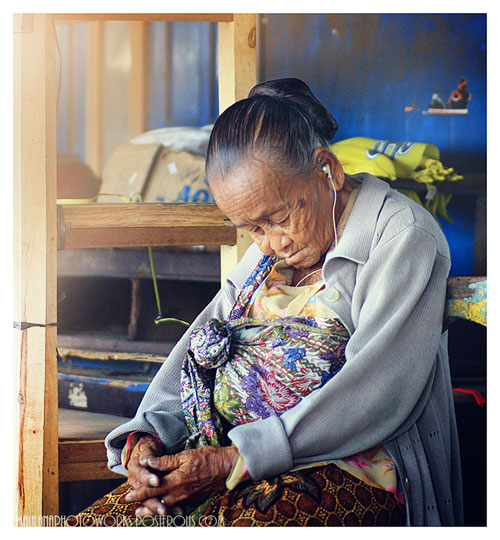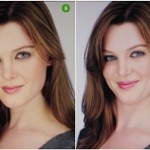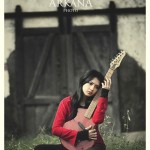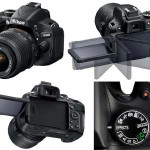
There is no doubt that great photos require a skilled and talented photographer to shoot them. Both skill and talent help photographers to correctly implement a scene’s elements such as light, shadow, composition and objects to create an amazing photo.Of all the various subjects, people reliably make the best photographs. Nothing is more fascinating to us than other people.People photography is one of those photography types that deal with humans as an object in the photo. So, people photographers need to know how to get the most out of these objects in their scene. A good ‘people’ photograph shows character, emotion and a connection for the viewer. Here are some tips to help you take great shots of the people in your life.
Subject Placement
The biggest mistake many photographers make is to try to shoot a person’s whole body, head to toe. Don’t attempt this, unless clothes are important (such as a uniform). Instead, focus on the face. The eyes and mouth are the most important features, so start there and work out until you have just enough to represent the individual(s). Crop tightly, and don’t be afraid to overflow the frame with the person’s face.
Lighting
A standard lighting technique is to position yourself so the sun is behind you and to one side. This arrangement will shine light on the subject’s face, while the slight angle will produce shadows to illuminate form. A better approach is to put your subject in a shady area with a shadowed background. Unlike the human eye, photographic film can’t easily handle bright areas and dark shadows, as in direct sunlight, so use the shade for a narrow tonal range. Overcast days are usually best for portraits. Use the flash (‘fill-flash’ or ‘daylight flash’) to add light to the face and fill in shadows.
Lenses
Use a long lens such as 135mm — the ‘people’ lens. A wide-angle distorts the face, although it can be effective for parties. Find a simple, mid-toned background and use a wide aperture to throw it out of focus. I like to use tree leaves or a wall as a background and a 200mm lens set to f2.8. Center the eyes in the shot, not the head, to provide balance in the shot. When photographing children, crouch down so that you’re shooting at their eye-level.
Setting The Scene
Try to set-up your camera ahead of time rather than making people wait. Help relax your subjects by engaging them in conversation. Get them to laugh or smile with a joke from the day. Finally, be sure to put yourself in the shot — that’s what the self-timer is for!




